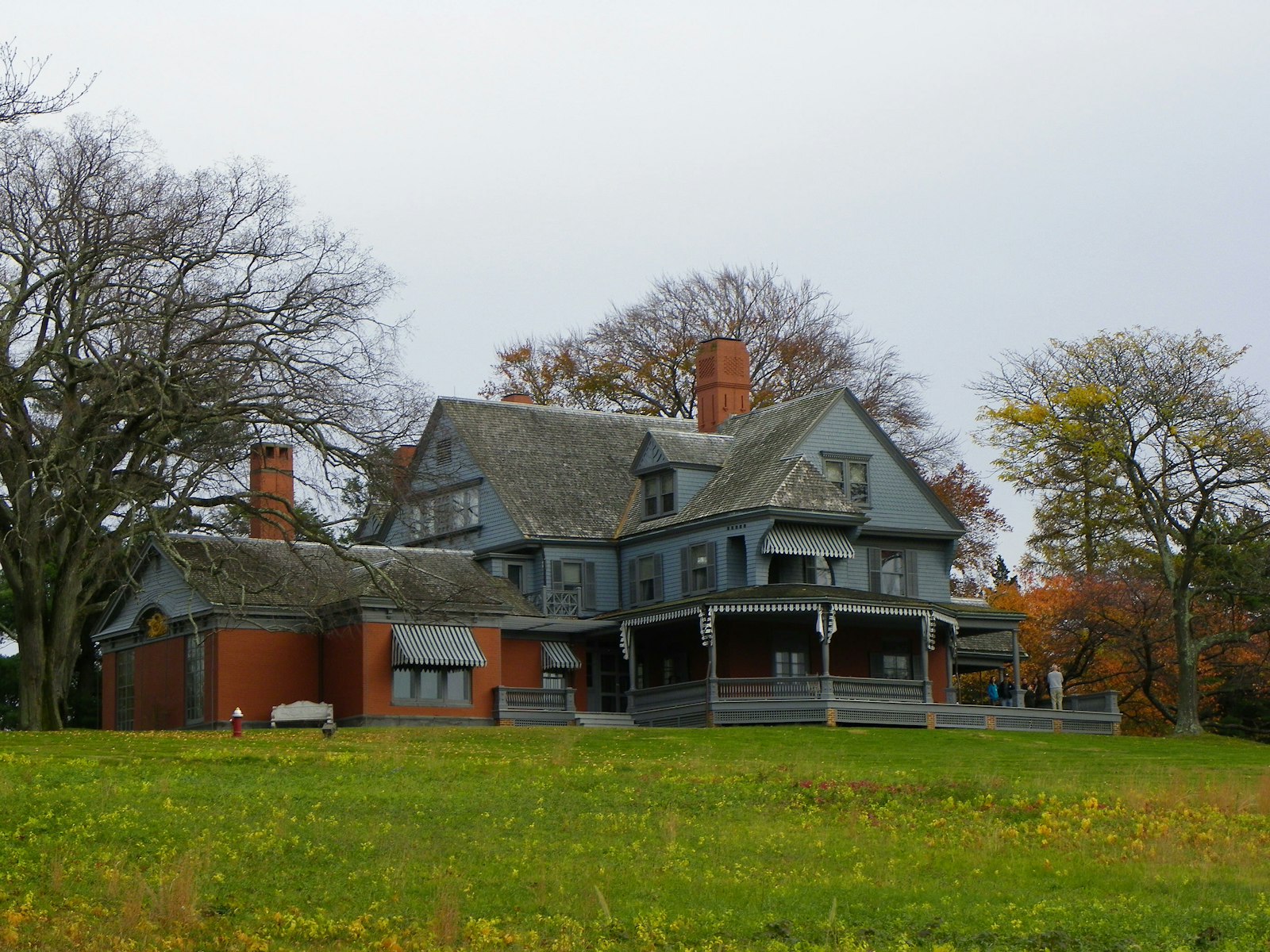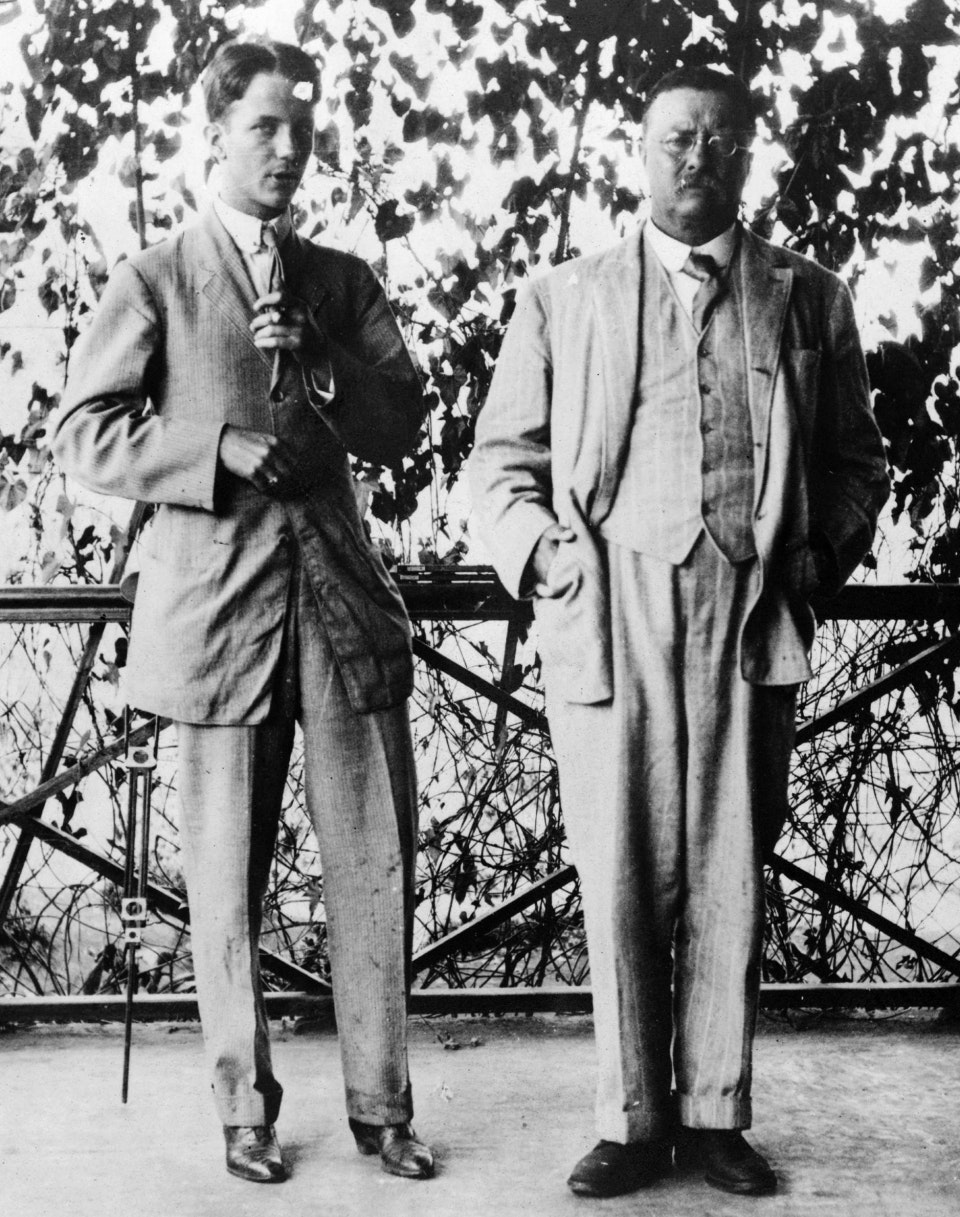
Sagamore Hill National Historic Site

It is an incalculable added pleasure to any one’s sum of happiness if he or she grows to know, even slightly and imperfectly, how to read and enjoy the wonder-book of nature.
As one of our nation's beloved and admired leaders, President Theodore Roosevelt's legacy lasts to this day. He was a diplomat, internationalist, soldier, and Assistant Secretary of the Navy who became a major force in shaping the nation's political climate. As a conservationist, Theodore Roosevelt was responsible for the preservation of the hundreds of national parks that we enjoy today. He created federal protection of these important places by establishing the United States Forest Service, signing into law the first national parks, and establishing U.S. National Monuments under the newly signed Antiquities Act.
During his presidency, Sagamore Hill became an important landmark as it served as Roosevelt's "Summer White House." From 1902 to 1908, countless historical events, including visits from foreign dignitaries and talks that would eventually help end the Russian-Japanese War, occured at Sagamore.
This historic site sits on 95 acres of forest, tidal salt marsh, and bay beach, and the 23-roomed Victorian-styled house is still furnished as it was during Roosevelt's busy lifetime.